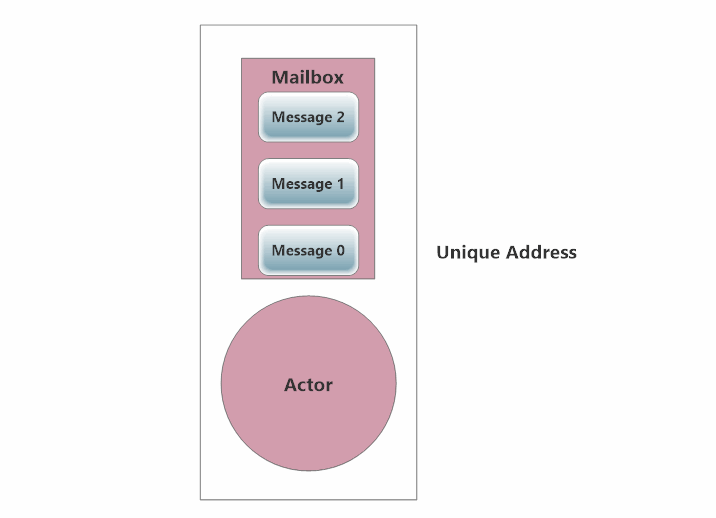Akka.NET v1.0 is Code Complete
2 minutes to read
Today the Akka.NET project hit a massive milestone and became code complete for version 1.0.
This puts us on track to hit the v1.0 public release within the timeframe that we (the core Akka.NET contributors) committed to back in February.
“Code Complete?”
This means that every major feature and every public API has been completed and finalized in preparation for release.
1.0 is the release in which we’re going to shed Akka.NET’s
-betatag and commit to preserving these APIs long-term, so this is a major deal. More than a year’s worth of production usage, discussion, and designs have gone into these APIs.A lot of carefully considered choices and designs go into each Akka.NET release, but this is the most important one we’ve ever done.
Here’s what will be included in the stable release of Akka.NET v1.0, for both Mono and Windows:
- Akka.NET Core
- Akka.FSharp
- Akka.Remote
- Akka.TestKit
- Akka.DI (dependency injection)
- Akka.Loggers (logging)
We will be committing to the v1.0 APIs for long-term, production use.
Can I Still Contribute to 1.0?
Yes! You can! We’re no longer accepting public API modifications or additions, but here are some areas where we’re still actively accepting and encouraging contributions:
- Bug fixes;
- Spec verification;
- Enhancements (don’t affect the public API);
- Documentation;
- And work on modules that aren’t shipping as part of V1.0, such as Akka.Cluster and Akka.Persistence.
If you want to start contributing to Akka.NET, join us in the Akka.NET Gitter chat. We’re a friendly bunch!
Timeline For V1.0 Release
We still have some work we do before we release the v1.0 bits - mostly documentation...






